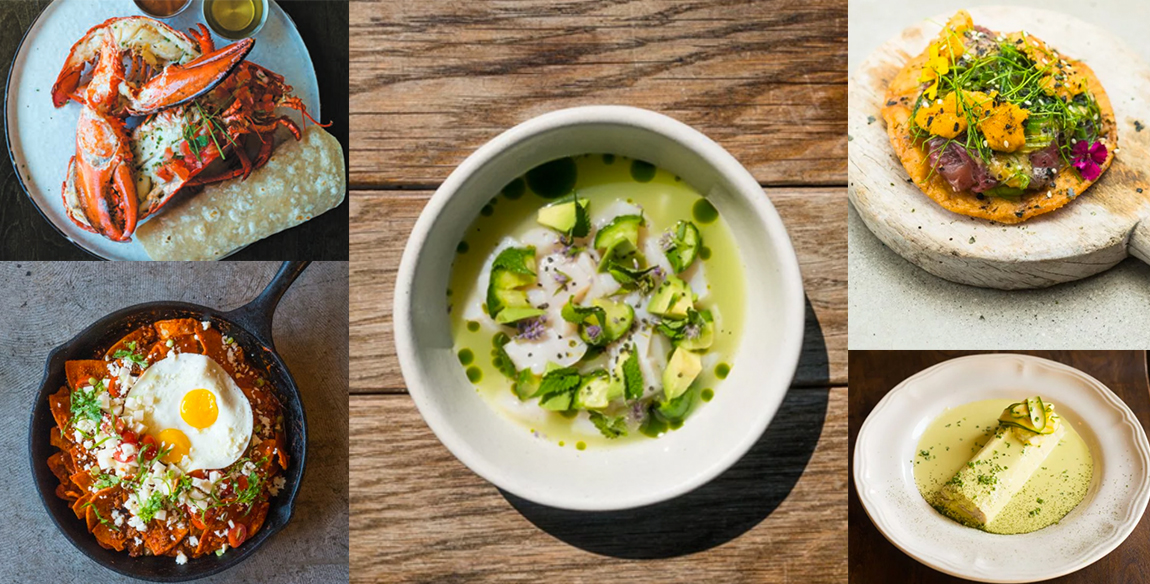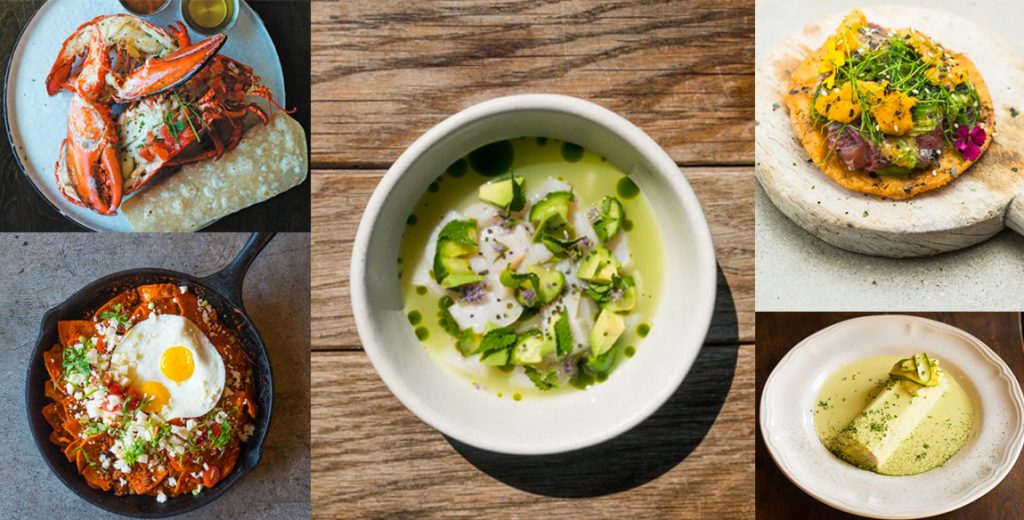With a population of roughly 5 million Mexicans and Mexican-Americans, Los Angeles is the second biggest Mexican city in the world. But its place in the history of Mexican cuisine has often been overlooked, and certainly under-documented. Bill Esparza hopes to change that with his book L.A. Mexicano, a collection of recipes and stories about the people and places that have defined LA’s Mexican food culture.
As a James Beard Award winner for his work covering the taco scene in Los Angeles Magazine, and a founder of the epic Tacolandia event that brings together 125+ taqueros from all over the world, Esparza is an expert on the diverse and complex Mexican food culture in Los Angeles. With L.A. Mexicano, he joins a small handful of Mexican-Americans – including Gustavo Arellano, editor of OC Weekly, and author of Taco USA: How Mexican Food Conquered America – who are writing their community into the history of Mexican cuisine. His book tells essential stories of the Angelenos who have participated in LA’s culinary evolution, from Olvera Street pioneers like Susanna MacManus, to Boyle Heights burrito queen Elena Rojas, to women like Soledad Lopez, who brought regional Oaxacan flavors to LA.
Esparza also points to a growing culinary movement that he dubs Alta California; one “led by chefs who earned their stripes in the hallowed temples of California cuisine, but who also understand the roots, regions, and artistry of Mexican cooking.” These “Pocho chefs,” as Esparza fondly calls them, came out of LA’s Chicano neighborhoods: East LA, Pico Rivera, Pacoima, Huntington Park, and Whittier. They make dishes rooted in their Mexican heritage, but also inspired by the ingredients of California, and the multi-cultural melting pot of the Los Angeles they grew up in.
And today, they’re finally beginning to get recognized on the global stage for their contributions to modern Chicano gastronomy. Here are a few trailblazers Esparza thinks you should know.
To learn more about LA’s Mexican food history and pioneers, pick up a copy of L.A. Mexicano here.
Wes Avila
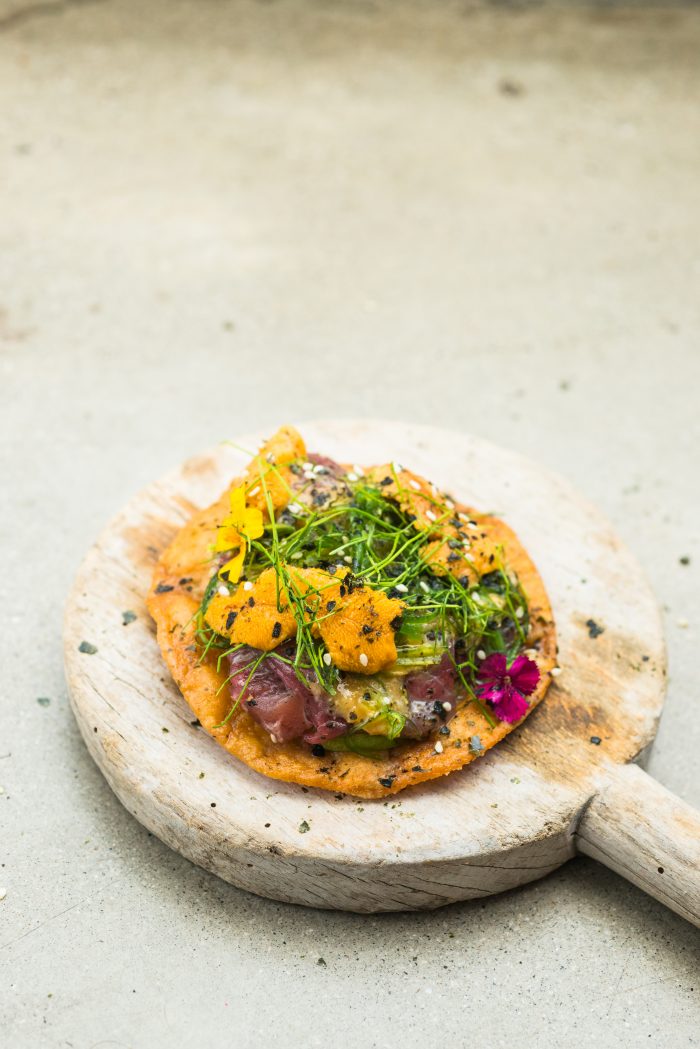
For the most part, the Los Angeles taco game is dominated by traditional regional fillings – like Al Pastor tacos, which are judged by devotees based on whether the taquero shaves the thinly-sliced pork right off the trompo onto your tortilla (as opposed to the grill, where it can scrunch up or overcook). But then, a classically-trained chef from Pico Rivera named Wes Avila arrived to shake things up. Bursting onto the scene with a food truck called Guerrilla Tacos and a plancha grill emblazoned with graffiti art work, Avila started making tacos filled with things like sweet potato, sea urchin, foie gras, and lamb tongues. His unorthodox creations are so transcendent, Bill Esparza has dubbed him “the liberator of the taco in America.” In 2013 – the year Guerrilla Tacos opened – one of Avila’s tacos made it to Jonathan Gold’s best dishes list.
Carlos Salgado
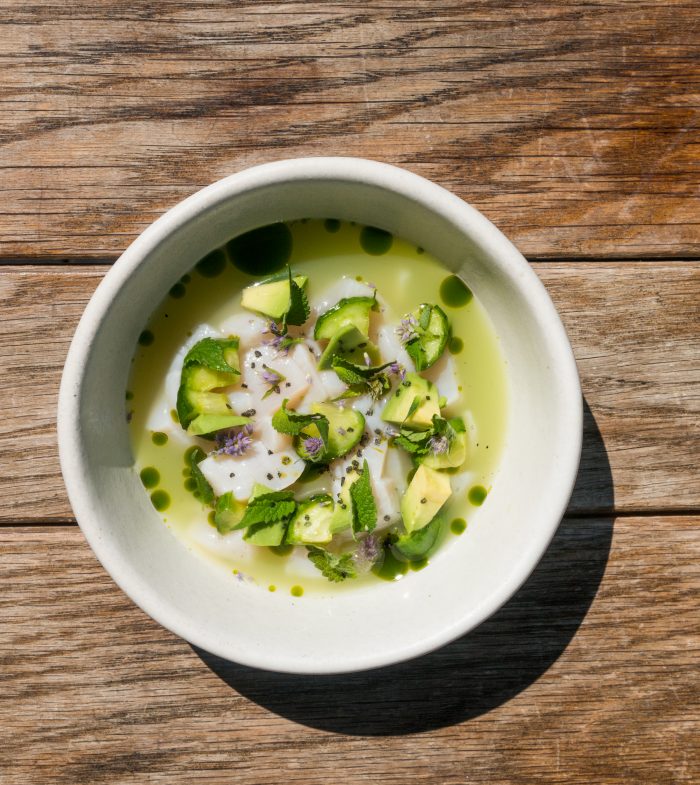
For several decades, tortillas have been the site of a heated battle pitting the forces of industrialized production and imported commodity corn against the guardians of an ancestral Mesoamerican practice called nixtamalización. Nixtamalización is the way masa was made for thousands of years; it involves cooking dried corn kernels in an alkaline solution made with cal (calcium oxide). This process chemically changes the corn and makes the resulting masa more nutritious – and far more supple, chewy and delicious. But preparing tortillas this way is also time-consuming, and with the advent of masa harina and industrial production techniques, homemade nixtamal tortillas have become a rarity.
Chef and maize activist Carlos Salgado is on the front lines of those fighting for a new era of corn tortillas in Los Angeles. At Taco Maria, his critically-acclaimed Costa Mesa restaurant, he has focused on using this traditional nixtamal technique in order to produce his thoroughly modern take on Mexican food – one he describes as “Mexican flavors driven by the California cuisine I’d learned from my mentors.” Bill Esparza describes the Alta California cuisine at Taco Maria as “sunchokes with chorizo, abalone pozole, and duck with a mole sweetened by dates, all paired with wines from Santa Barbara County, the Willamette Valley, and the Loire.”
Using micro-supply chains to source quality maize at his restaurant, Salgado’s leadership in this space has helped inspire many others in LA to begin making tortillas using non-GMO heirloom corn varieties, and garnered him recognition as Food & Wine’s Best New Chef award in 2015.
Eduardo Ruiz
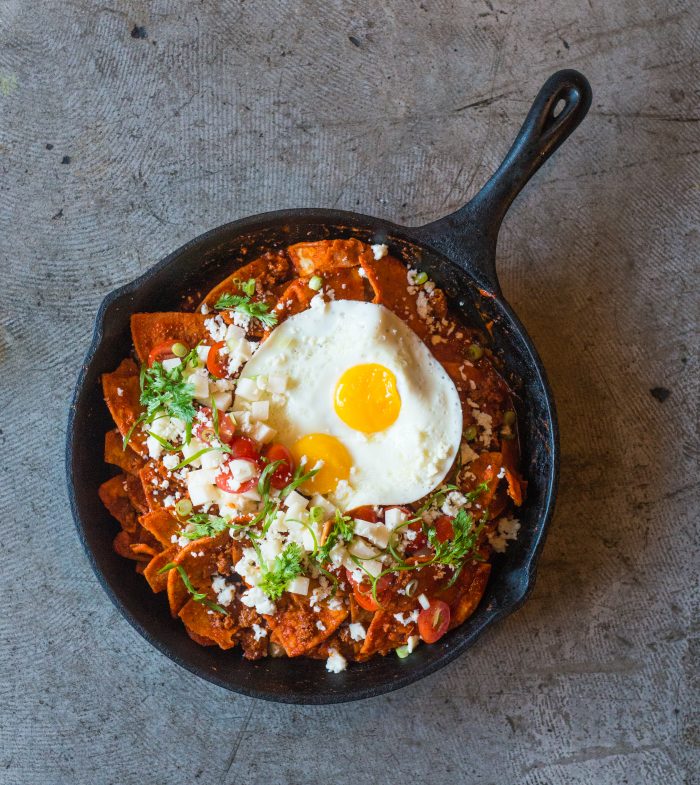
When Eduardo Ruiz and his partners opened restaurant Corazon y Miel in Bell, a Latino suburb of Los Angeles, it drew some puzzled reactions. After all, the neighborhood wasn’t known as a destination for trend-setting food. But Ruiz’s goal wasn’t foodie accolades – though the accolades did come, including a spot on Jonathan Gold’s list of the “101 Essential Restaurants in Los Angeles” and semifinalist recognition for the James Beard Award Foundation’s “Rising Star Chef” award. Ruiz’s goal was to bring elevated Alta California cooking to the average Mexican-American diner; to change their perceptions and expectations for what a “Mexican” or Latino restaurant should be like. His menu, which filtered his Mexican and Salvadoran heritage through an LA lens (and Cordon Bleu training) included dishes like wild boar chilaquiles and a take on Salvadoran pan con pavo, using a whole turkey leg and an herbed slaw.
His approach was instrumental in moving modern Alta California cuisine forward, though in 2016 Ruiz and his partners decided to close Corazon y Miel after three years in business. He has since opened concepts that include Chica’s Tacos and Public Beer & Wine (which serves some of the favorite small plates from Corazon y Miel), and is currently the chef for the Blvd745 restaurant group.
Thomas Ortega
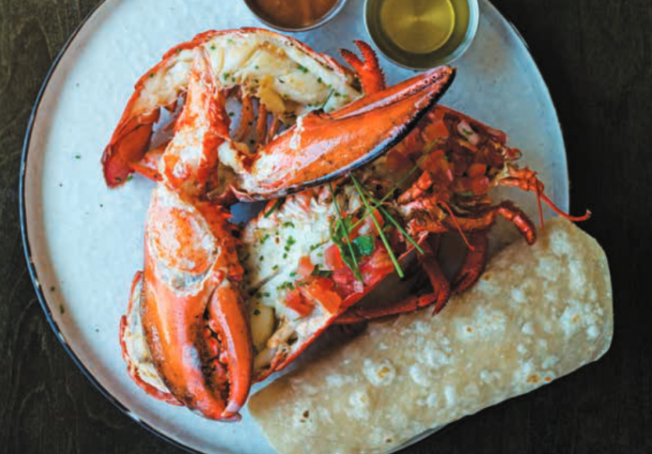
Before founding three successful restaurants of his own, Cerritos-raised chef Tommy Ortega was honing his skills at culinary hot spots like Water Grill, Spago, Lucques, the Four Seasons in Newport Beach, and the Dakota in San Diego. He was getting valuable experience – but he was also learning about a Euro-centric kitchen culture that valued the hard work of Latinos but not their culinary traditions. “Over the years, a lot of white chefs called me ‘paisa,’” Ortega explained to Bill Esparza in L.A. Mexicano. “They were used to us being dishwashers and prep.”
This wasn’t the first time Ortega would battle against pre-conceived notions about Latinos in the restaurant industry. When he opened his first restaurant, Ortega 120, he struggled to find customers for his inventive menu – one that blended American comfort food, traditional Mexican fare and California ingredients. (Dishes included nachos in a truffle cheese béchamel sauce and St. Louis baby back ribs in mole.) To non-Latinos, the food was seemed far more expensive than they were willing to pay for Mexican food. And for many Chicanos, Ortega’s fusion approach was viewed as inauthentic. “At one point I was in deep trouble and didn’t have any money to keep it open,” he tells Esparza. “But then Irene Virbila did a good review in the Los Angeles Times, and the next day we were packed. From that weekend on, we became a destination.”
The rest was history. After Ortega 120 came Amor y Tacos, in his hometown of Cerritos, where, nestled in a strip mall, he served bold farm-to-table inventions like mole tater tots and Doritos chilaquiles – playful food that nods to the cultural melting pot of the area. Then, in 2016 he opened Playa Amor in Long Beach, serving local seafood. Describing his approach to LA Weekly, Ortega explained: “I’m a pocho. I’m a Chicano. I’m a Mexican. Why not put my restaurant background into food I watched my grandma make growing up and blend the two together?”
His success is a testament to the strength of the Alta California movement. As Esparza puts it, “Tommy took a gamble on Mexican cuisine his way and won, in defiance of the status quo, which says that Mexican food in America should be cheap or just like your abuela made it.”
Ray Garcia
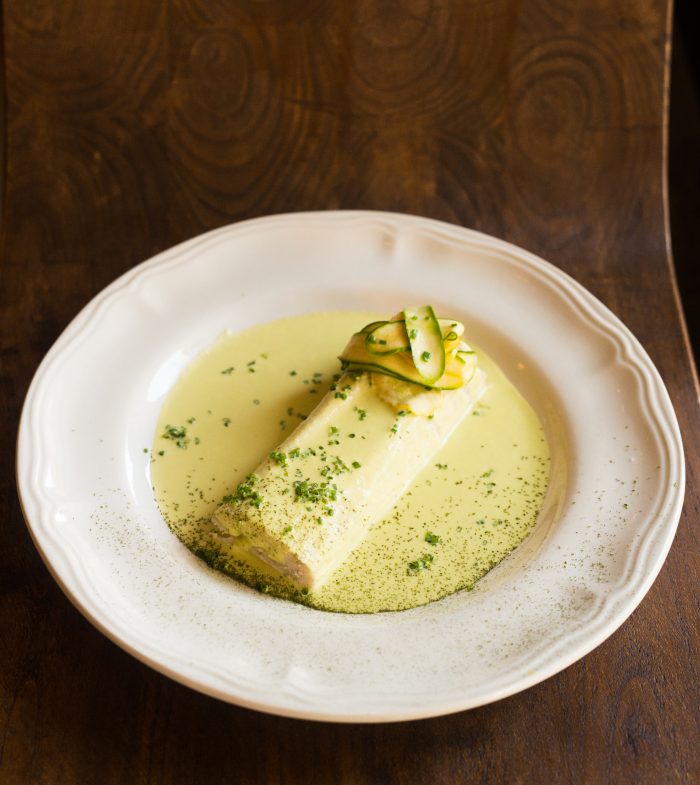
Ray Garcia’s downtown LA restaurant Broken Spanish has only been around for two and a half years, but it’s already become a powerful player in the Alta California culinary movement, and garnered Garcia the Esquire 2015 Chef of the Year award. Like many of the chefs on this list, Garcia’s inspiration for Broken Spanish came from the collision of his childhood eating experiences and formal culinary training. Growing up in Cypress Park and the San Fernando/Pacoima area, he ate plenty of Mexican-American food on a tight family budget. “Most of the protein we had were beans, bologna — yes, bologna tacos are a thing for us pochos — hot dogs, and sometimes ground meat,” he tells Esparza in L.A. Mexicano.
It was these memories that came to inspire his innovative menu at Broken Spanish (and later Broken Spanish (B.S.) Taqueria), where he serves up things like Duritos (puffed wheat crackers that look a lot like Doritos), mole fries, lamb neck tamales, and perhaps most famously, a bologna taco, served on heirloom blue corn tortillas and flecked with lardo.



